20+ Years Experience
Specialist Soft Play Equipment
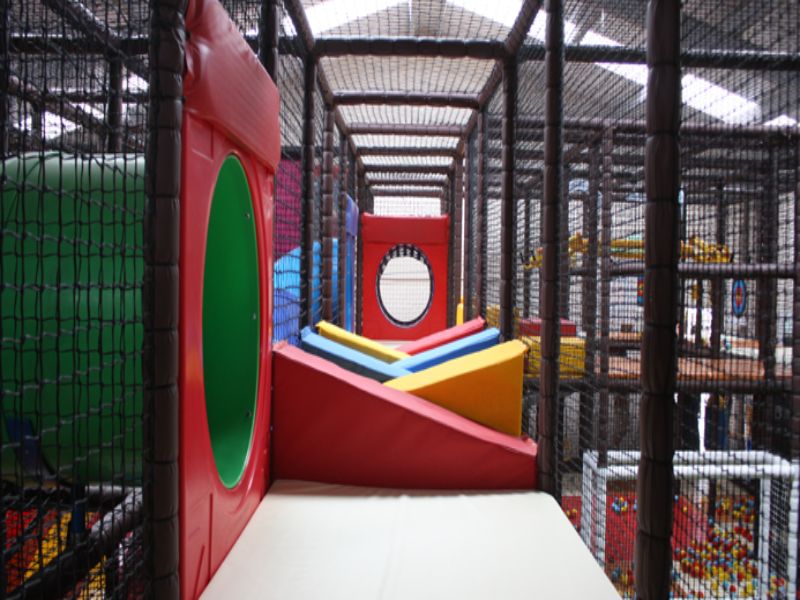
Enquire Today For A Free No Obligation Quote
It is important to ensure the correct safety guidelines for soft play installation before you carry out your project.
Soft play or ‘soft-adventure’ activities are becoming increasingly popular among adventurous kids and parents.
They offer safe and fun play experiences and can also be tailored to meet different difficulty levels to suit users’ needs.
With all that in mind, the key question for all those looking to install soft play equipment – be it in a retail, commercial, or even residential setting – is how to ensure the necessary safety protocols and guidelines are in place.
Our team can provide information on safety rules and guidelines before you install your soft play areas. For more information, please make sure to contact our company today.
To help shed some light on the matter, this blog post will break down the essential safety guidelines for soft play installation to give everyone as much assurance as possible that fun and play experiences can be achieved while adhering to the highest possible safety standards.
Ensuring that all equipment complies with child safety standards is important when installing a soft play area.
You should also check the flooring and walls for sharp edges or any potential hazards and ensure there are sufficient supervision measures in place.
Ground preparation is essential for successfully installing soft play equipment, as it helps ensure that the flooring is installed on an even and protected surface.
The ground should be level and have no sharp inclines or rugged surfaces, such as large rocks or tree roots. If the ground requires extensive levelling or soil removal, a professional installer should be consulted.
Choosing the right flooring is also critical to safety. Soft surfaces like foam mats are less likely to cause injury than hard surfaces like asphalt or concrete.
They cushion falls more effectively, reduce joint impacts through shock absorption, and provide more consistent traction when wet.
However, it’s important to remember that some soft floors can even pose a risk of overheating in extreme temperatures or direct sunlight due to their insulation properties.
Tiles are a popular option since they are easy to clean, repair and replace if necessary. Additionally, they come in various fun textures and colours that encourage creative play while providing a safe environment for children.
On the other hand, common drawbacks of tiles include their lack of cushioning and exposed seams, where dirt and germs can accumulate if not properly sealed or cleaned regularly.
All in all, selecting and installing suitable flooring is an important element in ensuring your soft play area remains safe for everyone’s enjoyment.

Flooring materials and design are essential considerations when installing soft playscapes. Studies have shown that the appropriate selection of flooring material can play an important role in preventing injury and reducing falls.
To aid with safety, fall heights should be considered when choosing the type of flooring that will make up the play space.
The fall height will determine which cushioning material is most suitable for the specific soft play structure.
When installing flooring materials, there are two common approaches – using a single flat layer or multi-layer shock absorbent padding.
A single flat layer of foam typically consists of one dense layer to protect against falls and potential injuries.
Multi-layer shock absorbent padding involves multiple layers of different materials, such as foam and rubber, providing increased levels of safety without compromising on comfort.
The debate between those who advocate single flat layers compared to multiple layering is ongoing because both materials offer their own pros and cons.
For instance, while a single flat foam layer is affordable, it may not provide enough cushioning to prevent falls from higher heights and may require replacement more periodically than its multi-layered counterpart.
On the other hand, multi-layer shock absorbent padding is highly effective but may come at a higher cost.
No matter which approach you take for your soft play installation, either single flat layers or multi-layered padding must meet certain requirements in terms of design and construction in order to maximise safety while also meeting useability standards.
This includes considering things like size limitations (too large or too small), water absorption rates (drainage), weather resistivity, fire resistance, non-toxic compounds, ease of maintenance and cleaning processes, amongst others, depending on the given scenario.
In this section we discussed various options for flooring materials when setting up a soft play space along with their respective pros and cons.
When considering the installation of soft play equipment, the age group of users should always be considered when selecting the right pieces.
Age-appropriate soft play area equipment and activities will provide all users a safe and enjoyable experience.
The safest and most cost-effective option is to instal separate areas for different age groups, as younger users typically require simpler design elements and gentler motions; while older children need items that provide more challenge and stimulation.
For example, a two-year-old might find a simple tunnel too challenging; however, an eight-year-old would appreciate more complex designs and activities.
It has also been suggested that one piece of equipment installed for several age groups may be beneficial due to its affordability.
However, this comes with a heightened risk factor as many pieces are unsuitable for all sizes or ages. Therefore, it is important to carefully research each item before purchasing, making sure they meet the necessary safety standards.
In addition, it has been demonstrated in multiple studies that the colours and shapes of equipment can influence children’s behaviour depending on their age range.
For example, bold colours can increase the intensity of younger children’s behaviour, while lighter colours help to reduce stress levels among older kids.
Overall, it is important to select age-appropriate soft play equipment that is suitable for all user’s needs—from toddlers through teenagers—in order to effectively ensure their safety during activities and improve the enjoyment of their experience in the play area.
When it comes to soft play installation, it is essential that all equipment installed is correctly secured.
Poorly secured soft play equipment can lead to children being injured if they fall from the structure or if parts of the structure become detached. As such, there are many relevant safety guidelines and standards in place that detail how products must be safely and securely installed.
When securing soft play equipment, it’s important to consider the context in which they will be used.
Some settings may require more stringent safety requirements than others, such as a playground in a school or nursery settings where greater numbers of children are expected to use the space at any one time.
Factors to consider might include the type of material used, its size, weight and level of complexity, and how frequently it is expected to be used by children.

It is recommended that fittings and anchorage points for soft play installers are designed with an appropriate ‘safety factor’. This ensures that the furniture or structures do not exceed their structural capacity when subjected to external stresses created by user activities.
The installation itself should also adhere to best practice guidelines and should always be performed by qualified staff or professionals who are aware of any certification or building regulations that apply.
Finally, while securing soft play equipment adequately is important, it is equally important that fixtures and fittings used are not overly restrictive or cause discomfort for users – care should be taken so as not to interfere with a child’s natural bio-mechanical movements.
All factors considered, correctly securing soft play equipment and sensory equipment remains critical in safely installing this kind of play product.
The use of shock-absorbing materials is essential for safe soft play installation. When considering safety, selecting the right material to use can be a difficult choice.
EPE (expanded polyethene) foams are popularly used in soft play equipment due to their light weight and ability to absorb shocks effectively. While they are highly effective, some critics argue they are not strong enough to take heavy impacts and could collapse under the strain, leading to serious injury.
On the other hand, HIC (head impact criteria) foam is becoming increasingly popular due to its toughness, however, it can sometimes be more expensive than EPE foam.
Proponents say that while it has a higher cost, it ensures maximum safety as it passes rigorous national testing standards and can take heavy impacts on children at play.
Shock-absorbing materials should never be forgotten when installing soft play structures, as the wrong material compromises the safety of the users.
With both EPE and HIC being suitable for different types of soft play systems, choosing the right one for each type of equipment is essential to guarantee a safe experience for both adults and children.
When designing a soft play environment, creating a safe and soft ground surface is essential.
Soft padded surfaces such as rubber tiles and foam mats help to shield young children from bruises and scrapes when they fall. The use of spring mats can also be utilised around trampolines and slides to further protect against potential injury.
Although these measures effectively reduce impact injuries, some experts argue that physical activity is equally important to developing good motor skills and balance.
While there is debate on this issue, most research has found that providing a soft or cushioned playing surface is especially beneficial for younger children.
For toddlers and infants, having a padded area will safeguard them against accidental trips or falls off swings or climbing apparatus.
It is worth noting that although it is important to provide soft surfaces for safety purposes, it is imperative to still monitor the children closely, as no playing surface should prevent all impacts or accidents.
When installing rubber flooring or foam surface padding, the thickness of the material used does not always equate to greater safety levels. It is recommended that the material meets the European Standard EN1176-1177, which establishes slip resistance and cushioning ratings for surfaces related to playground equipment.
Meeting this standard assures that the surfaces will offer adequate protection for the user.
Looking ahead to the regulations and safety guidelines of constructing a safe soft play environment, it is important to consider both the necessary requirements as well as key prevention techniques as part of any plan.
When it comes to installing soft play equipment, safety takes precedence. It is vital for both the manufacturer and customer to be aware of, and adhere to, all relevant regulations and safety guidelines.
Generally, these vary by country or region, so it is important to be conscious of local laws and legislation.
Most countries have common standards and regulations regarding soft play installation. For example, in the United States, the Consumer Product Safety Commission sets out general safety requirements which must be followed by all installers.
These include ensuring that the equipment meets national and regional safety standards and being fit-for-purpose. Manufacturers must also make sure they meet European Toy Standards (EN71), which include details on toy dimensions and construction materials, such as size and chemical content.
In addition to laws set out by national consumer product safety commissions, health departments may also provide additional guidelines for soft play installation.
Though the importance of following safety regulations cannot be underestimated, there can be disputes over whether or not a particular regulation should apply to a certain situation.
Regulations can also change over time, leading some owners to question whether their current installation complies with updated safety standards. In these cases, it is advisable for concerned owners to speak to a professional who specialises in soft play installations for further guidance.
Safety regulations are vital in ensuring a safe soft play environment, however, they are only half of the equation when it comes to guaranteeing a secure experience – the other half being preventative measures taken on-site during equipment construction and installation.

When installing soft play equipment, preventing hazards and sharp edges is paramount to keep children safe.
To help prevent injury or harm, essential safety guidelines must be implemented.
For example, padding should surround any exposed surfaces of hard materials such as metal or wood.
This ensures no exposed edges from which a child can suffer any cuts or bruising.
Conversely, some argue that padding removes the aesthetics and wastes additional time, effort, and money to instal. However, it is important to remember that the health and safety of children is the most important factor when considering soft play equipment installation.
Edges need to be rounded so that a child does not fall onto them, which can cause serious injury.
A padded cover should address potential impacts if a structure includes any pole-like features. There have been cases where dangerous falls have occurred due to a lack of appropriate padding around metal posts.
It is also essential to check the gaps between walls or modules are less than 95mm wide to stop any risk of entrapment and suffocation. Additionally, beware of floors that may be too hard or slippery, leading to trips or falls due to lack of traction.
These essential safety guidelines should always remain at the forefront when considering soft play installation to avoid any hazards or sharp edges that could result in physical or psychological damage for users/visitors.
Parental and staff supervision is the most critical factor in ensuring the safety of visitors at a soft play installation.
It is important for the space to be supervised by an attentive adult or staff member to ensure that expected behaviour and standards of conduct are followed. At a minimum, one staff member should be on duty per area or attraction; however, during peak times, it may be necessary to have additional help available.
The presence of a staff member is essential for noticing changes in the environment and responding proactively to any potential risks.
A good monitoring system requires an experienced and informed team of supervisors who know what to look out for and when to intervene.
However, an overly strict supervision approach can lead to feelings of restriction among parents and visitors; if not implemented carefully, it can also discourage visitors from returning to the facility.
Both parental and staff supervision are necessary to create an enjoyable yet safe soft play experience.
Parental involvement reassures kids that they have somewhere safe to play, while experienced staff members provide a comprehensive monitoring system with actionable risk management instructions.
Signs, instructions, and rules are essential for the safe and effective use of soft play installation.
Signs can indicate areas of potential risk or guidelines for its use. Instructions should be provided through labels on the equipment itself, or printed signs or handouts.
Clear rules are also important to prevent injury and ensure visitors understand what is expected of them while using a soft play environment.
When it comes to signs and instructions, there are several options. It is important to ensure that they are clearly visible and easy to understand; this includes instructions regarding how to use the apparatus safely and how to enter and exit it properly. In addition, any safety information should be consistently communicated across all signage.
Having a clear set of rules is also essential when operating a soft play installation. These should include expectations around user behaviour such as no running, no fighting, no shoes permitted inside the area, no food or drinks allowed in the area, and no loud noises or disturbance from users. The rules should be enforced by staff who can monitor the environment for any misbehaviour or hazardous activities being carried out by visitors.
It is also important for operators of soft play installations to consider provisions for guests with special needs such as those with physical or medical conditions.
Appropriate signs should be displayed informing guests of any adaptations that have been made for disabled access and information about US Federal Regulations should be provided ( Title III of the ADA, which states that public accommodations must not exclude persons because of disability).
In conclusion, signage, instructions, and rules are necessary components in a safe soft play environment.
They provide guests with necessary information on how to stay safe while using equipment while ensuring staff remain vigilant against hazardous activities in the area.
Qualified installers must possess several specialised qualifications and certifications to install a soft play area.
This includes being trained in the health and safety regulations of the jurisdiction they will be working in and obtaining an ECS card (Electrician’s certificate scheme), demonstrating their competency when dealing with electrical tasks.
They should also possess appropriate documentation outlining their skills in the installation or assembly of play equipment, such as climbing frames and rope bridges.
Furthermore, they must be aware of relevant local laws or By-laws and possess a valid licence to carry out installations.
It is also essential for them to have experience carrying out similar tasks and understand the inherent risks when dealing with playground equipment.

The following safety precautions should be taken when installing a soft play area:
By considering these essential safety considerations when installing a soft play area, you can help create a safe environment for children to enjoy their time in.
There are several safety guidelines to follow when installing a soft play area in a play centre, school, nursery or home.
It is vital that you keep children safe when they are using indoor playgrounds and other facilities. By following the correct guidelines, you will be able to notice a hazard before it is too late. Our team also recommend carrying out regular inspections to ensure ongoing compliance of safety rules and regulations.
If you require more information on how to keep the children safe in your play spaces, please complete our contact form today.
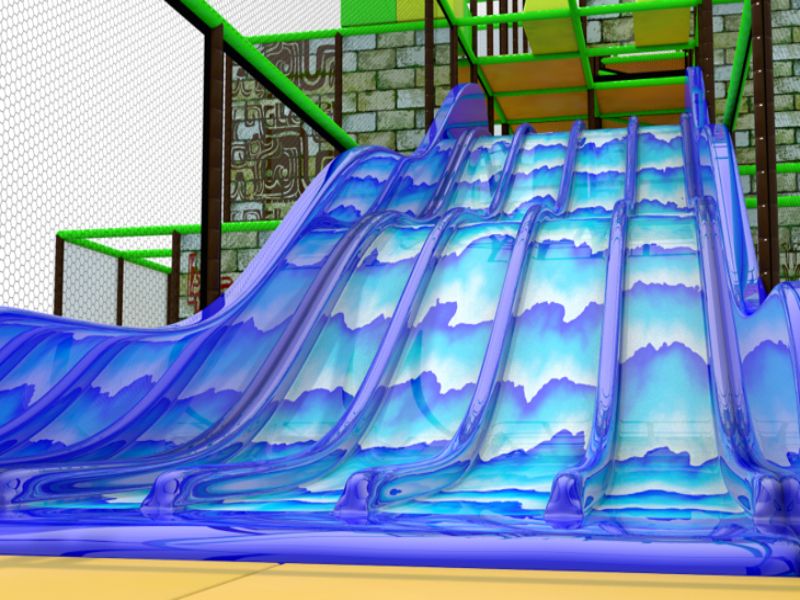
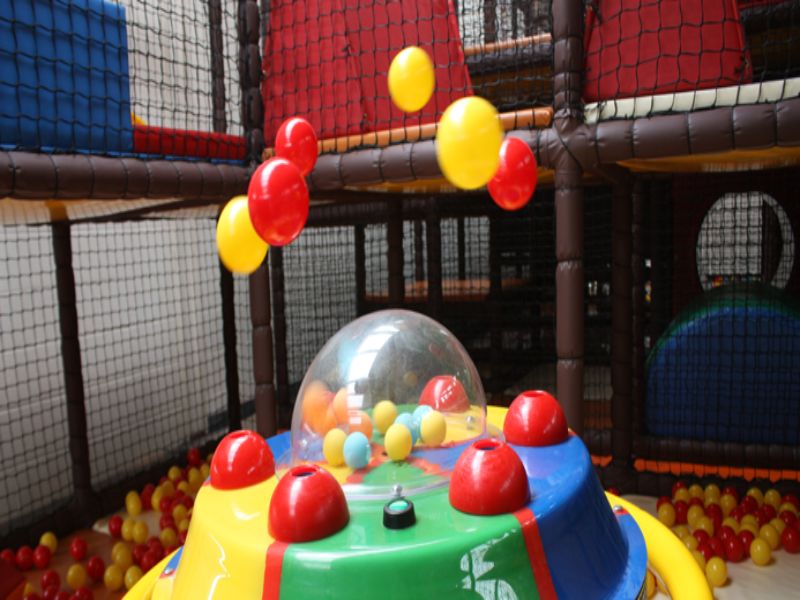
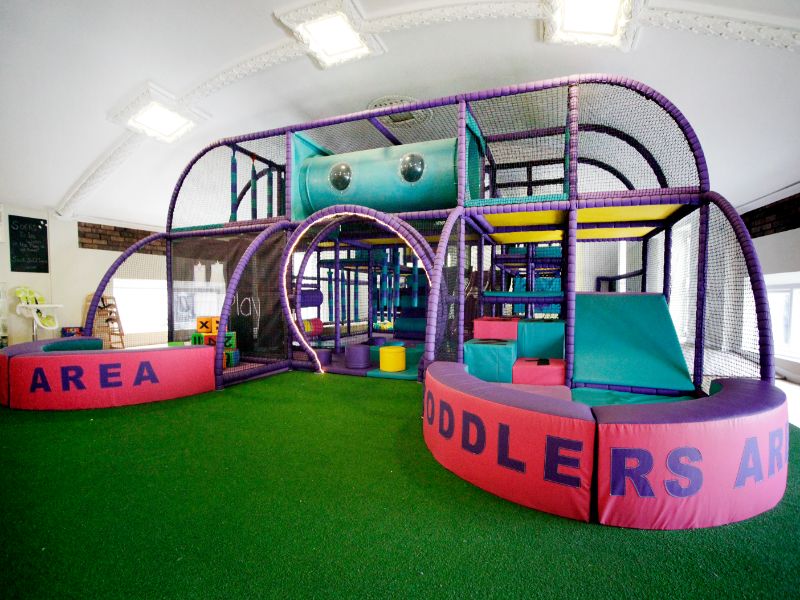

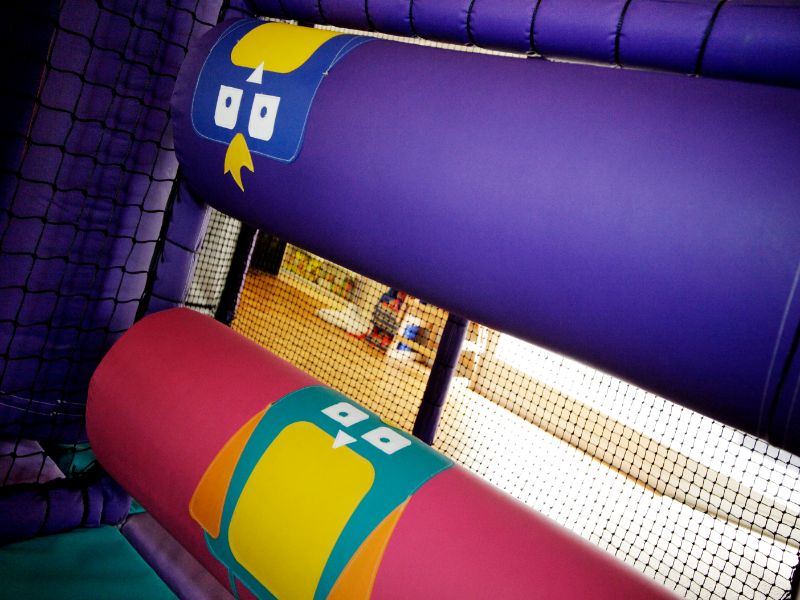
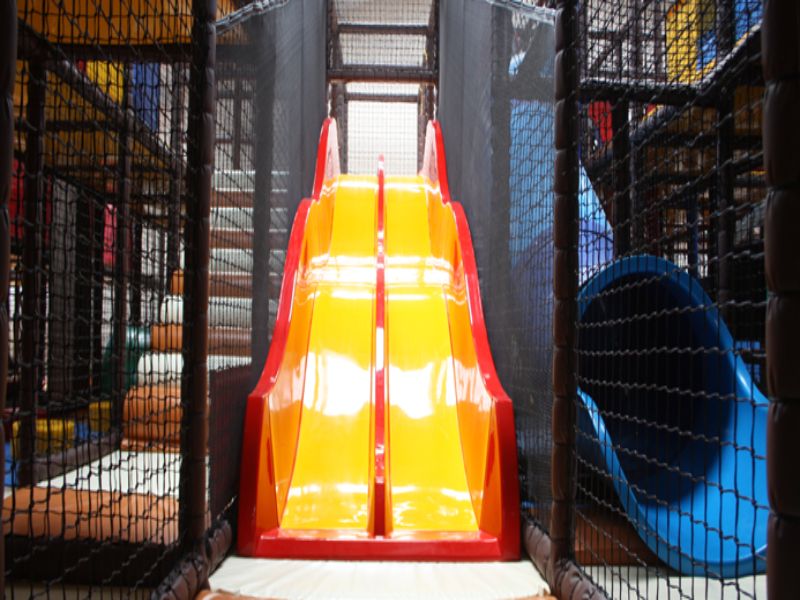

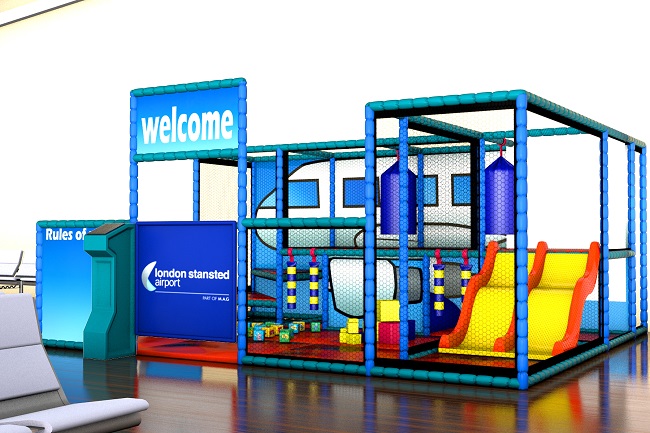

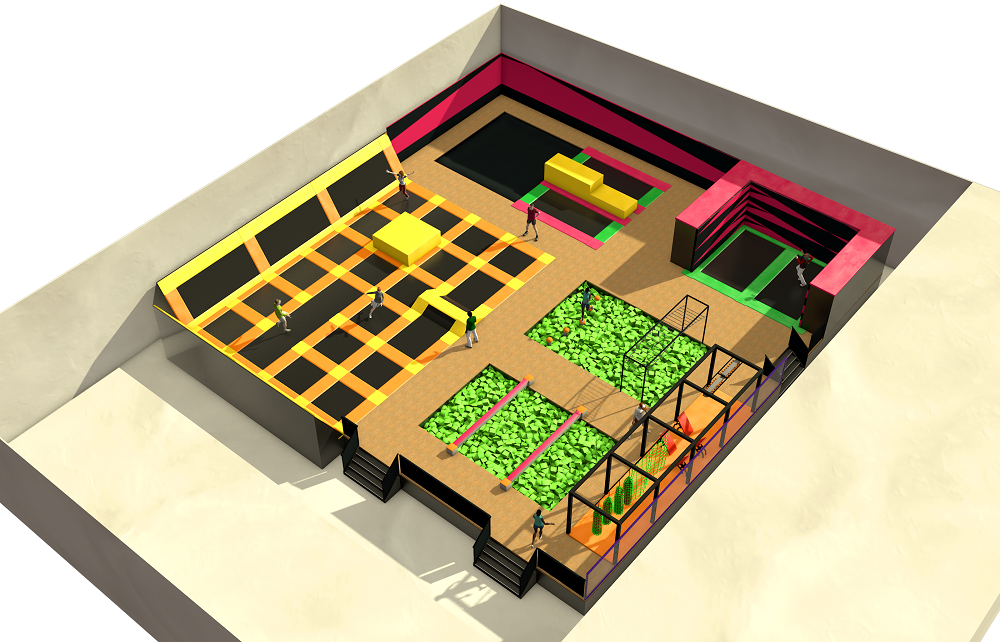
Our team provide a number of soft play services ranging from design to manufacturing and installation. Have a look at the list below for more information:










We Aim To Reply To All Enquiries With-in 24-Hours